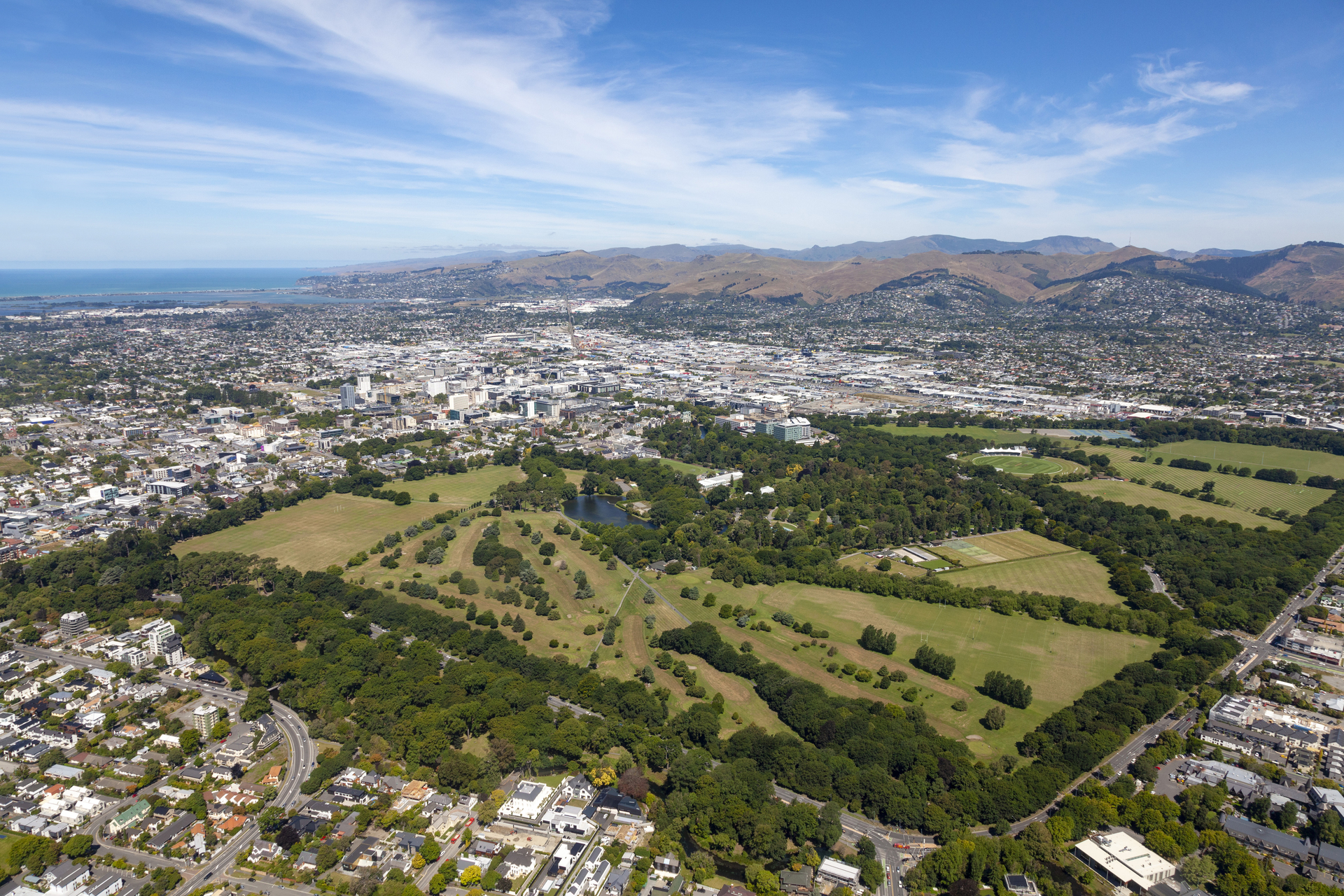- The largest city of the South Island and the second largest city by urban area population in New Zealand.
- Archaeological evidence found in a cave at Redcliffs in 1876 has indicated that the Christchurch area was first settled by moa-hunting tribes about 1250 CE.
- North Island Māori (Ngati Māmoe and later Ngāi Tahu) arrived in Canterbury between 1500 and 1700. During this time the moa-hunters were assimilated into the tribes.
- On 16 February 1770 Captain James Cook in his ship the Endeavour first sighted the Canterbury peninsula. He thought it was an island, and named it Banks Island after the ship’s botanist, Joseph Banks.
- Although Ōtautahi is the general Māori name used nowadays for Christchurch, it is specifically a kāinga nohoanga (settlement) and kāinga mahinga kai (food-gathering place) on the banks of the Ōtākaro (Avon River) near Kilmore St close to the present-day Christchurch City Fire Station. An earlier settlement called Puāri was sited near present-day Victoria Square.
- On 16 February 1770 Captain James Cook in his ship the Endeavour first sighted Banks Peninsula. He thought it was an island, and named it Banks Island after the ship’s botanist, Joseph Banks.
- During the 1820s and 1830s the local Māori population declined. The reasons included raids by the Ngāti Toa chief Te Rauparaha from 1830 to 1832, and the impact of European diseases, especially measles and influenza, from which many Māori died.
- European settlement began in 1850 and the new city was named Christchurch by the Canterbury Association in 1848. It was officially established on 31 July 1856, making it the oldest city in New Zealand.
- The city of Christchurch is also geographically unique because it is one of the world’s eighteen pairs of cities that have a near-exact antipodal city (a city on the exact opposite side of the earth). La Coruña, Spain is Christchurch’s antipode.

Image credit: ChristchurchNZ
